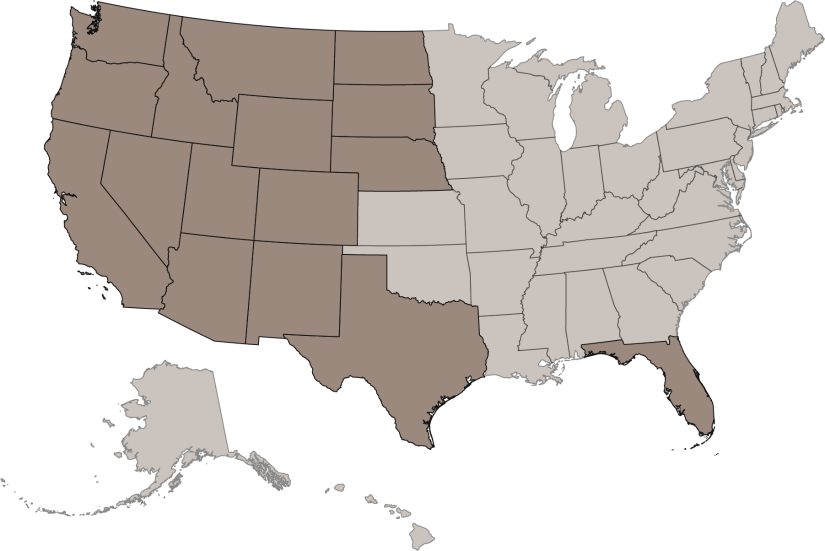Mountain Lions in the United States
For an overview you may wish to view A Timeline of Bounty and Sport Hunting of Mountain Lions in the United States or our poster Where Do We Go From Here? a graphic depiction of America’s mountain lion history.
Click on the states listed below to learn more.




